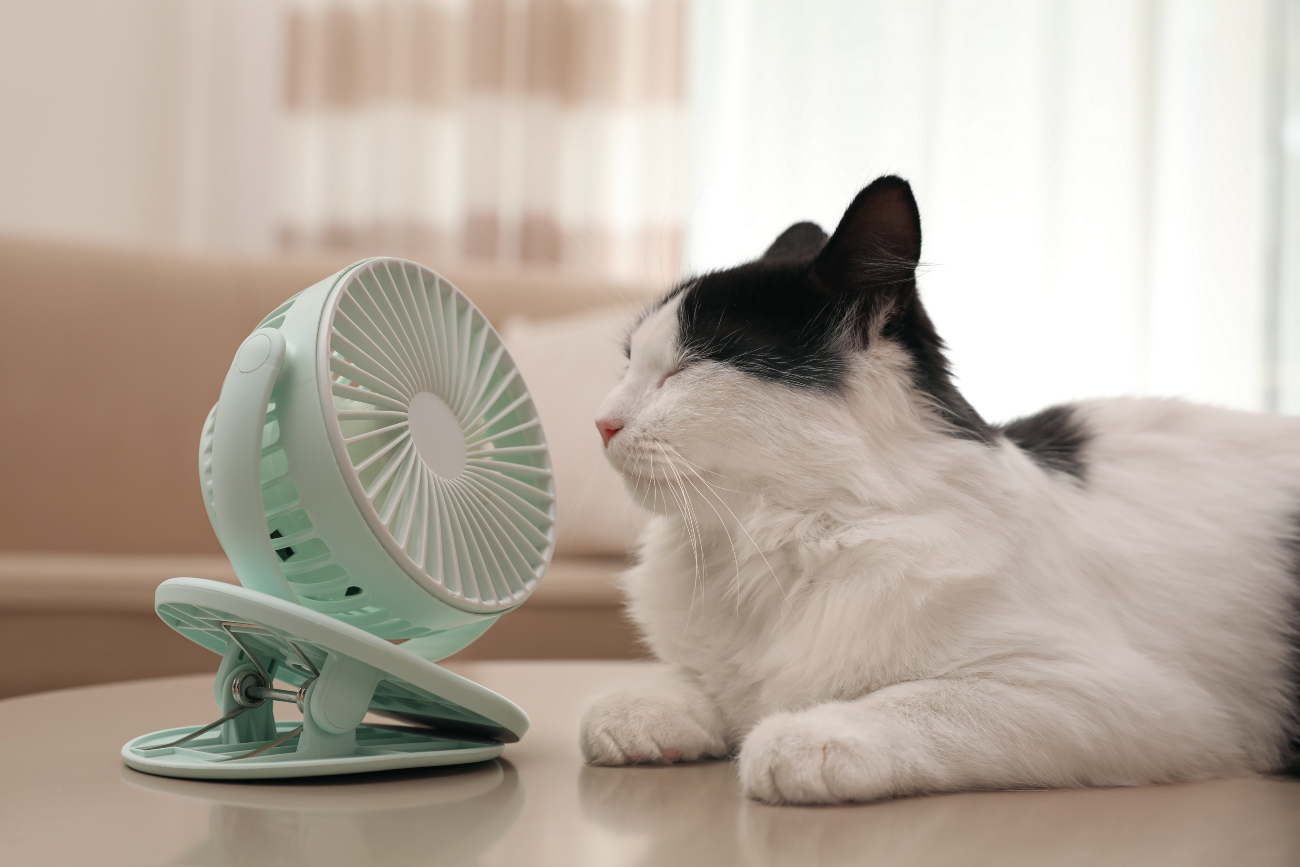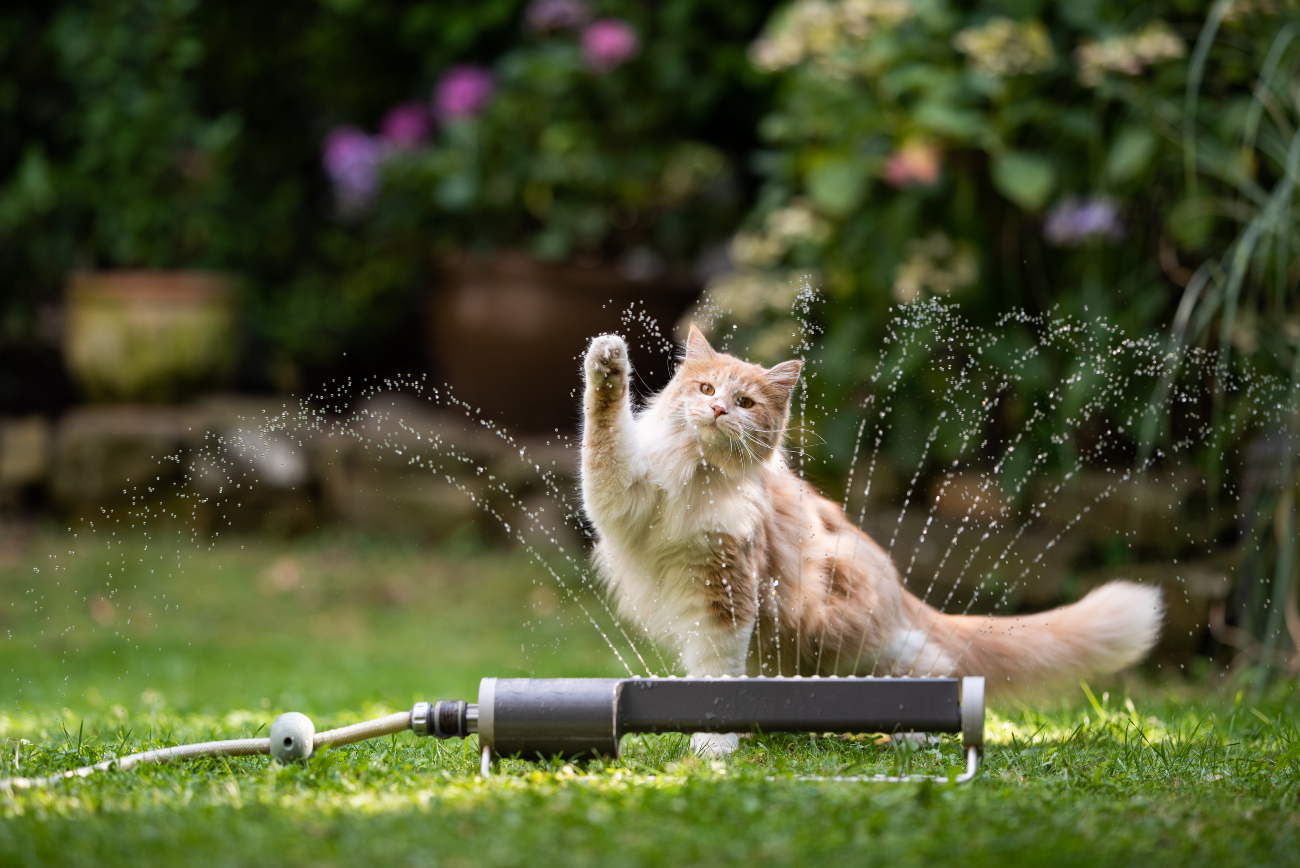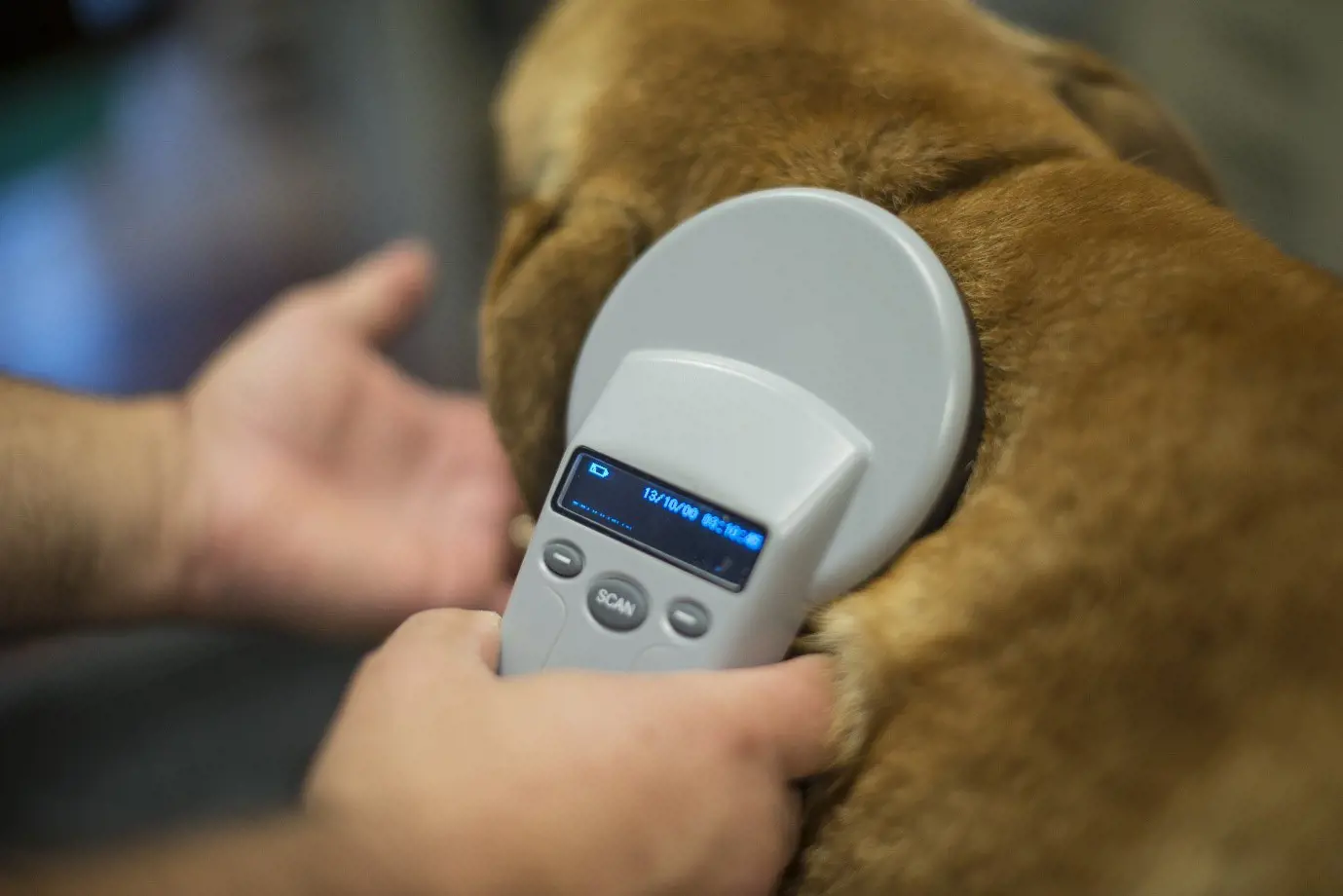How to keep cats cool in summer
9th April, 2024

In this article, we will explore a variety of ways on how to keep your cat cool in summer. From indoor techniques to outdoor tips, we will cover all the bases to ensure your feline friend is comfortable and safe during the hot summer months.
Understanding cats and heat
Cats, being desert creatures originally, have an inherent ability to tolerate heat better than many other animals. However, excessive heat can still lead to dehydration, heatstroke, and other health problems. It is crucial to understand how heat affects your cat and take steps to prevent any adverse effects.
How do you know if your cat is too hot?
Knowing if your cat is too hot could be a matter of life and death, especially during those scorching summer months. But how do you know if your cat is too hot? Some unmistakable signs include:
- Panting
- Excessive grooming
- Restlessness
- Sweaty feet
- Drooling
A more severe indication would be your cat collapsing or experiencing seizures. If you notice these signs, it's crucial to get your feline friend to a cool place immediately and provide them with plenty of cold water.
How hot is too hot for a house cat?
Cats are desert animals and can handle warmer temperatures better than humans. However, it doesn't mean they're invincible to heat. Typically, a temperature above 32°C can be uncomfortable and potentially dangerously hot for your feline friends.
Which cats feel the heat?
All cat breeds have the ability to feel the warm weather, however, certain breeds are more sensitive to it due to their physical characteristics and adaptations. Some of these breeds include Sphynx, Devon Rex, and Siamese.
Sphynx
Known for their lack of fur, Sphynx cats are particularly susceptible to temperature changes, including heat. Their lack of fur means they have less natural protection against temperature extremes. For instance, in the summer, they can quickly become too hot, which leads them to seek cooler places to rest.
Devon Rex
This breed has a thin layer of curly fur. Although Devon Rexes are able to tolerate heat better than Sphynx cats, they still can feel the heat more than other breeds with denser fur. This is because their unique coat does not insulate them as effectively.
Siamese
Siamese cats have a short, fine coat and are also known to be heat-seekers. However, during extreme heat, they can become uncomfortable. These cats are prone to seeking out a cool spot in the house during hot weather.
Overweight cats
Apart from specific breeds, overweight cats can also feel the heat more than their slimmer counterparts. Excess body fat acts as insulation, trapping heat and making these cats more susceptible to overheating.
Senior cats
Older cats often have a harder time regulating their body temperature, making them more susceptible to extreme weather conditions, including heat.
Recognising heat stroke symptoms in cats
To ensure your cat's wellbeing during summer, it's vital to recognise the signs of heat stroke. This condition can be fatal, hence prompt detection and action can save your cat's life. Some common symptoms include:
- Panting or difficulty in breathing
- Increased salivation or drooling
- Pale or overly red gums
- Vomiting or diarrhoea
- Signs of weakness or lethargy
- Seizures or collapse
If you notice any of these symptoms, contact your vet immediately.
Top ways to keep your cat cool in summer
Hydrate your feline friend
Remember, hydration is key! Provide ample fresh water for your cat, indoors and outdoors. You can also experiment with different types of water bowls to encourage drinking.
For instance, some cats prefer drinking from running water sources like a water fountain. Also, consider adding ice cubes to their drinking water bowls to keep the water cool, especially when you're out.
Create shady retreats
Cats will naturally seek out a shaded spot during hot weather. Ensure they have plenty of options, both indoors and outdoors. Keeping curtains and blinds closed to block out the sun indoors and create shaded areas in your garden.
Use cooling mats and ice packs
Cooling mats are an excellent method to provide a chilled place for your cat to rest. You could also wrap ice packs in a blanket and place them in your cat’s favourite lounging spots. Be sure to wrap the cooling mat and ice pack well to avoid direct contact with extreme cold.
Prepare ice treats
Ice treats can be a fun and effective way to keep your cat cool. Freeze chicken stock or tuna water into ice cubes as a refreshing snack for your pet. You can also let your cat play with regular ice cubes — they'll have fun batting them around and it’ll help cool them down.
Regular grooming
Grooming your cat regularly can help them stay cool. Brush your cat daily to remove dead hair and prevent their fur from matting, which can trap heat. For long-haired breeds, consider getting a summer trim from a professional groomer.
Keep them indoors during peak heat
During the hottest part of the day, it's best to keep your cat indoors. Early morning or late evening are the most suitable times for outdoor exploration.
Use a damp towel
Dabbing your cat's fur with a towel dampened with cool water can provide some relief from the heat. This method works best for cats that don't mind getting a bit wet.
Can cats live without air conditioning (AC) in the summer?
Absolutely, cats can live without AC in the summer, but it's essential to ensure they stay cool and hydrated. This is particularly true in the UK, where the summer temperatures can be quite unpredictable.
While cats are versatile creatures and adapt well to different climates, extreme heat can be uncomfortable for them, just like us humans.
So, while they can certainly survive without an AC, providing them with shady spots, plenty of water, and avoiding unnecessary exertion during the hottest parts of the day will keep them comfortable and safe.
Protecting your cat from the sun
Cats, especially those with light-coloured fur, can get sunburnt. Applying pet-safe sun cream to the most exposed areas, such as the tips of the ears and the end of the nose, can help prevent sunburn. Always consult your vet before using any product on your cat's skin.
What to do with cats in a heatwave?
When the summer sun blazes, you may be wondering what to do with cats in a heatwave. Cats, like humans, can suffer from overheating and dehydration:
- Ensure they have constant access to fresh water, preferably in a shady spot
- Keep your feline friends indoors during peak heat hours and provide them with cool resting spots
- You can even try gently rubbing them down with a damp cloth for relief and a cooling effect
- Never leave your cat in a parked car during a heatwave as it can turn really hot quickly
The role of insurance in your cat's summer safety
Keeping your cat cool in summer is just one aspect of ensuring their overall health. Having a reliable insurance plan can provide additional peace of mind.
Cat insurance, for instance, can be very beneficial. It can cover potential health issues that may arise due to excessive heat or other summer-related problems. Get a quote for your beloved cat here.
Conclusion

Keeping your cat cool in summer involves more than just providing shade and water. It's about understanding your cat's needs, recognising signs of heatstroke, and making your home a comfortable place for them to beat the heat.
Remember to consult your vet if you notice any symptoms of heatstroke or if you're unsure about any aspect of your cat's care during the hot summer months. Stay vigilant, and here's to a safe and cool summer for your furry friend!
Helpful Pages
Recent Posts
Pet Insurance Quote
- 98% claims paid *
- Claims paid directly to vets
- 24/7 vet video consultations
- Interest free monthly payments




